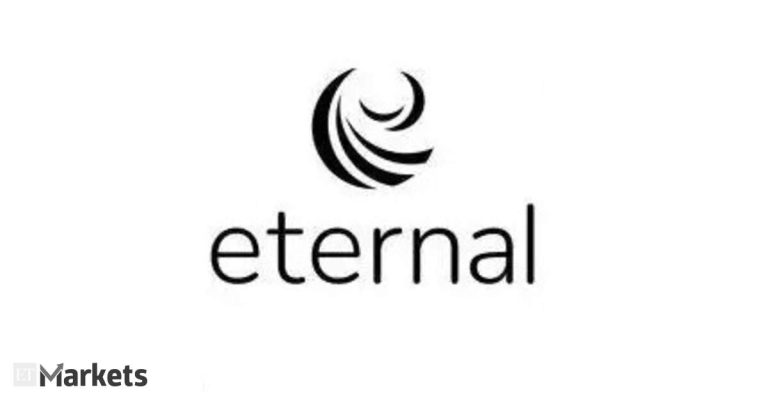Contracts for Japanese, Australian and Hong Kong benchmarks all declined after the S&P 500 closed 2.2% lower and the Nasdaq 100 dropped 3% Wednesday. Gold opened higher early Thursday after rising 3.5% to a record in its previous session. Treasuries rallied across the curve, sending the 10-year yield six basis points lower to around 4.28%. US equity index futures were little changed in early Asian trade.
The sharp moves shattered a nascent calm across global markets as the Fed chief signaled a wait-and-see approach to President Donald Trump’s tariff offensive, pushing back on hopes he would act quickly to soothe investor fears. US stocks also faced pressure from new White House restrictions on Nvidia Corp.’s chip exports to China.
Asked at the Economic Club of Chicago if he envisioned a “Fed put” in which the central bank intervened to calm markets, Powell said “no,” adding that too many questions exist about the impact of Trump’s policies. “We don’t know that yet, and until we know that we can’t make informed decisions.” For now, the US labor market is “in a really good place,” with supply and demand falling in tandem, Powell said.
“Don’t look to monetary policy for market support anytime soon,” said Adam Phillips, managing director of investments at EP Wealth Advisors. “If you’re waiting for a Fed put, you should probably set your sights on a lower strike price as long as inflationary pressures remain elevated.”
An index of the dollar was steady after a 0.7% decline on Wednesday as investors dashed to haven currencies. The Swiss franc rallied and the yen strengthened to 141 per dollar, a level not seen since September last year, before steadying early Thursday. The New Zealand dollar was steady after the country’s annual inflation rate accelerated for the first time in almost three years.In commodities, West Texas Intermediate, the US benchmark, climbed early Thursday in Asia after rising 1.9% Wednesday. Trump said that negotiators made “big progress” after a meeting with a Japanese delegation on Wednesday aimed at securing a deal that would avoid higher levies he has threatened against US trading partners.
Data set for release in Asia on Thursday includes employment in Australia, an interest rate decision in South Korea, while foreign direct investment data for China may be released anytime through Friday. The Bank of Japan’s Junko Nakagawa will speak Thursday and the European Central Bank is set to hand down an interest rate decision.
Cleveland Fed President Beth Hammack took a similar stance on Wednesday as Powell, suggesting the Fed should hold interest rates steady until there’s more clarity on the impact of levies. Swaps traders cemented bets on policy-easing, wagering the Fed would lower interest rates a full percentage point by next January.
“This has been a year of dashed hopes, first with disappointing tariffs, and now with the Fed leaving investors out in the cold,” said Michael Bailey, director of research at FBB Capital Partners. “Powell’s market snub came at a bad time with semis wreaking havoc on investor sentiment around the world.”
Nvidia sank 6.9% Wednesday after the company warned of $5.5 billion in writedowns tied to inventory and commitments for its H20 chip in the current quarter. ASML Holding NV added to the angst, reporting lower-than-expected orders.
Volatility Rising
Also weighing on risk assets, the World Trade organization cut its forecast for the year, saying trade would decline by 0.2% in 2025, almost three percentage points lower than it would have been without new tariffs. China was reported to be looking for a point person and more respect from the Trump administration before it will come to the table to discuss tariffs.
“While we expect that trade talks will ultimately yield progress, the brinkmanship between the US and China looks set to continue in the near term,” said Solita Marcelli at UBS Global Wealth Management.
US retail sales for March rose 1.4% — the most in two years — as Americans went on a spending spree, snapping up everything from cars to electronics, in the days leading up to Trump’s tariff announcement.








